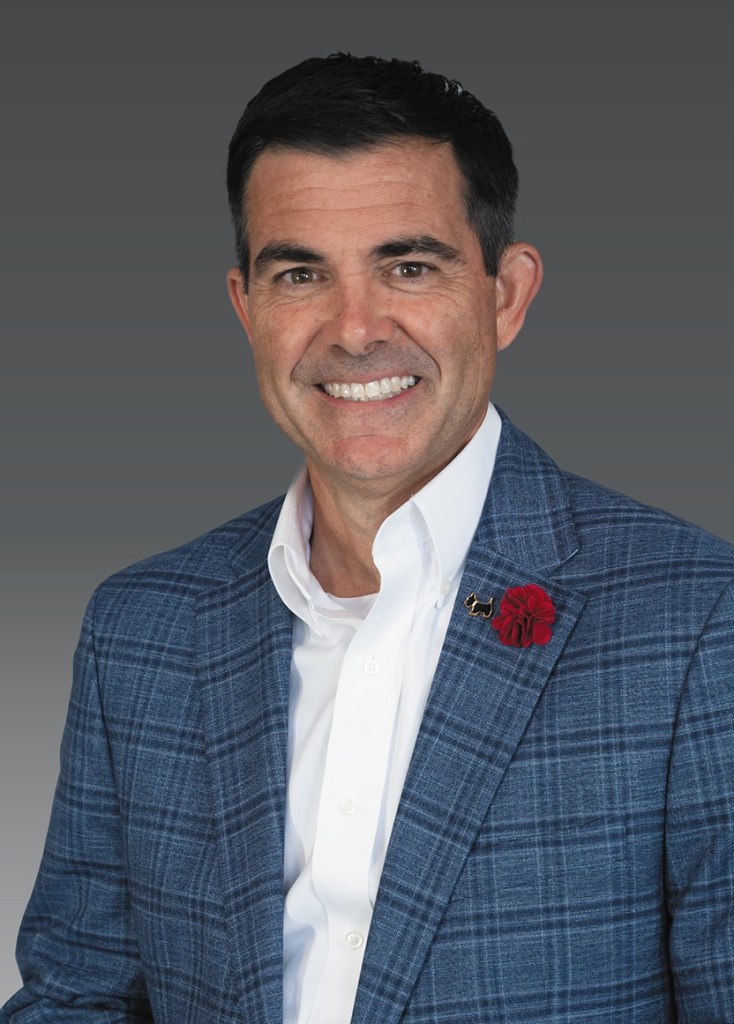Show Your Hand: Agency-Carrier Relations in the New Year

By: Sheryl Feminis
Poker face has no place in agency-carrier relationships of 2015.
The bourgeoning influence of digital communications, social platforms and widespread expectations for transparent business operations have created an urgency to ramp up the level and quality of communication and training flowing between insurance companies and their agents.
Improved communication tops the wish list of what agents want next in the long evolution of agency-carrier relations. But what else?
Industry experts anticipate three major trends.
Common Customer Experience
This is the year agents and their carrier partners will bet heavily on common customer experience—adopting technologies and processes that ensure the same experience for everyone in the independent channel, regardless of when, where and through what means the transaction or service takes place.
“There’s a tremendous investment being made in providing a common customer experience, whether the customer is the policyholder or the agent in the channel,” says Mark Purowitz, a principal in the Financial Advisory Services practice at Deloitte Management Consulting. Purowitz specializes in mergers and acquisitions strategy with a focus on agency-carrier relations and helping insurance carriers in growth opportunities and operating model design.
Historically, Purowitz points out, insurance systems were designed to support products, not customers. But today, carriers recognize the need for all lines of business to establish complete customer views across all channels.
“There are some pain points in establishing that common customer experience,” Purowitz says. “The carriers have constraints associated with how their companies are structured—by line-of-business profit centers. Also, their legacy infrastructure has not been able to provide information at the common customer view because each system was developed individually, on a product-by-product basis.”
The consequences: A lack of standards over time has proliferated data inconsistency, making it difficult create commonality across systems. Underlying the common customer experience is how agents and carriers understand the prevailing appetites for risk. But those appetites leave room for interpretation, Purowtiz says, so it’s important that carriers and their agents establish a common understanding: Carriers will find the need to hone those appetites, defining the types of risk they want to write and the types of customers they want to acquire in the independent channel.
Improved education, communication and training from carriers would help, Purowitz says. The 2014 Future One Agency Universe Study shows agents have a “significant need for training opportunities” to help CSRs and producers sell on value rather than price.
The 2014 Survey of Agent/Carrier Relationships from Channel Harvest Research further supports agents’ need for carriers to step up training and education. In the past, significant numbers of agents used carrier-specific training in products and systems. But the Channel Harvest study shows that now, agents want courses that qualify for continuing education credits or industry designation, as well as training and consulting on how to use the agency website to bring in business. Also on agents’ wish list: carrier support for management and marketing, cross-selling, agency management, shareable content and social media, as well as carrier funds to hire producers and pay for agents to attend industry networking events.
Leaving Legacy Behind
To make the common customer experience real, momentum will continue toward the jackpot: the long-awaited and complex changeover from decades-old legacy systems for policy administration.
For years, “ease of doing business” in the independent channel meant agents could submit a risk in any format and carriers would “bend over backwards and process it” because every carrier wanted the business, Purowitz explains. Unfortunately, that pattern created a highly complex operating model and infrastructure for carriers, resulting in consequences that included higher expense ratios.
Seeking a more sustainable and scalable way to do business while still providing agent convenience, carriers are committing considerable resources to identifying the right technologies and operating models. “We can’t continue to support the marketplace with 30-year-old policy administration systems,” Purowitz says. “That’s why a tremendous changeover in investment has started in personal lines and will continue in the next few years, particularly in personal lines, to adopt technology that will streamline operations and provide the ability to offer more flexible products and solutions tailored to various distribution channels.”
The next wave of system upgrade—following already established personal lines and claims system upgrades—will be in policy administration systems for small- to middle-market commercial lines, Purowitz says.
“There’s an awful lot already underway in small to middle markets, and that will continue for the next five years,” Purowitz says. “There are very few carriers who are not either talking about it or doing something about it right now, when there is such a need to reduce complexity in the marketplace. They will be able to offer far more agility and flexibility with technology that’s far more open to tailor front-end solutions and then incorporate upload/download to interact with agency management systems.”
To support the common customer experience, new policy administration systems will center on customer view rather than a product-based one, promising much more customer-centric capabilities.
Innovate or Stagnate
As a group, carriers will overcome a history of eluding innovation, understanding their products and services must keep pace with change among the industries and individuals they serve.
“Agents continue feeling that carriers are not innovative in products,” says Madelyn Flannagan, Big “I” vice president for agent development, education and research and the association’s liaison to the Future One task force that co-produces the Agency Universe Study.
“Many small start-up businesses have unique needs and require coverage, but agents don’t necessarily have access to the new markets,” Flannagan explains. “Even jumbo agencies are using specialty markets and MGAs to write some commercial business because Main Street carriers haven’t always innovated their product lines enough to provide those coverages.”
Product innovation takes time and money, and profit margins could be a looming obstacle, Flannagan says. And carriers might not have a clear understanding of marketplace needs—many lack “natural tendencies to be innovative,” Purowitz says. “This is an industry that has subsisted on very good core products, understands risk transfer in the traditional sense, and is just starting to consider and learn about innovation.”
Purowitz identifies two types of emerging issues that will help drive product and service innovation. The first is the need for coverages involving risks, like cyber liability and terrorism—some observers doubt that traditional methods of product development will be effective in such markets. The second category consists of insurance needs arising from global changes that are fundamentally altering many industries and driving invention of new products, services and capabilities requiring coverage. Carriers must determine whether to invest in new insurance products to address the new risks.
Most carriers are wrestling with what’s next. In p-c, for instance, driverless cars pose coverage challenges. In life-health, the investment in human genome, biotech developments and analytic devices that offer real-time biometric information warrant coverages beyond the scope of traditional insurance.
“In the next 5 to 10 years, we’re looking at risks we haven’t seen before and that require rethinking policy product architecture—whether we want a rider on an existing product or it’s a discrete class that requires a separate product,” Purowitz says.
“There’s been a lot of predictive modeling, but there will also be a lot more scenario-based modeling in response to fast-paced world changes that dictate future products, services and the industry’s ability to be agile and pivot,” he adds. “That’s why the changeover in legacy systems is so important. It’s as much about providing flexibility and agility for tomorrow as it is about dealing with today. If you’re not investing and building that capability today, in five years when you want to pivot, you might not be able to do so efficiently, if at all.”
Visionaries Need Apply
Still, the focus on tomorrow seems fuzzy. Even as the industry makes strides toward innovation and new systems technology, it’s designed many changes more for today than for the future.
“The industry has really good people with lots of knowledge and experience and great intentions who are coming to the table with ideas that have been generated, unfortunately, in an environment of constraints imposed by decades of legacy technology,” Purowitz says. “We need businesspeople who are enlightened and understand that the system changeover is a 10- to 15-year decision, not a three- to five-year decision generated from a profit-and-loss statement. It requires very different thinking. We would benefit from leaders coming out of different industries where they’ve experienced disruption and were forced to think about the long view.”
Some industry segments are already moving the needle in new ways. Purowitz cites the Ruschlikon Initiative, a program developed by a group of pioneering reinsurance carriers and large commercial brokers to improve back-office processes for technical accounting, claims and settlement by using the ACORD Global Reinsurance and Large Commercial Standards.
What’s a potential development for the agent/carrier future that lies even farther ahead, beyond what’s “next”? “For a good portion of interaction today, everybody is doing the same thing—duplicating investments,” Purowitz says. “Maybe we find a way to establish industry utilities, where carriers invest once to leverage a common utility, then spend the savings on things that are truly differentiating.”
Sheryl Feminis is an IA contributor.










